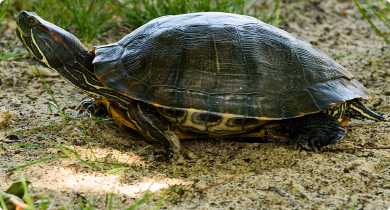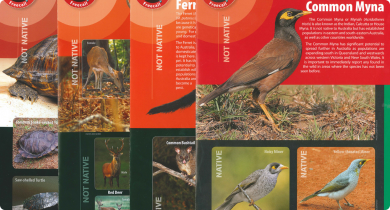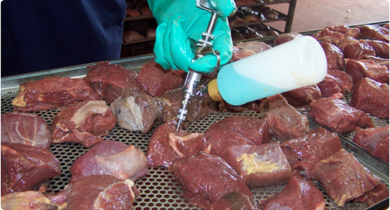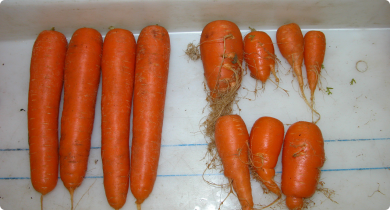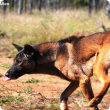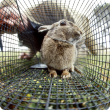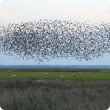Pest animals
Many non-native or introduced vertebrate animals have become established as unmanaged or feral populations across Australia. These animals have become pests locally or over wider areas. The reasons why they are pests include:
- preying on domestic or farm animals
- damaging crops and food production
- posing a threat to native animals and ecosystems
- being a nuisance and health hazard to people.
Some commonly kept animals have the potential to become pests if they are not managed or kept under licence or conditions. Some native animals are also potential pests in certain situations.
The Department of Primary Industries and Regional Development manages pests in Western Australia through policy development, risk assessment, research and development, provision of technical advice and information, implementation of regulation, emergency response, property inspections, industry liaison, and the planning and coordination of significant species control/eradication programs.
For advice on pest animals search our website or contact our Pest and Disease Information Service (PaDIS).
Filter by search
Filter by topic
- Chemicals (12) Apply Chemicals filter
- (-) Remove Control methods filter Control methods
- (-) Remove Baits & poisons filter Baits & poisons
- Pest mammals (9) Apply Pest mammals filter
- 1080 (6) Apply 1080 filter
- Biosecurity & quarantine (4) Apply Biosecurity & quarantine filter
- Strychnine (3) Apply Strychnine filter
- Biosecurity (3) Apply Biosecurity filter
- Invasive species (3) Apply Invasive species filter
- Mechanical, physical and cultural (2) Apply Mechanical, physical and cultural filter
- Livestock management (1) Apply Livestock management filter
- Livestock & animals (1) Apply Livestock & animals filter
- Baiting & poison permits (1) Apply Baiting & poison permits filter
- Birds (1) Apply Birds filter

